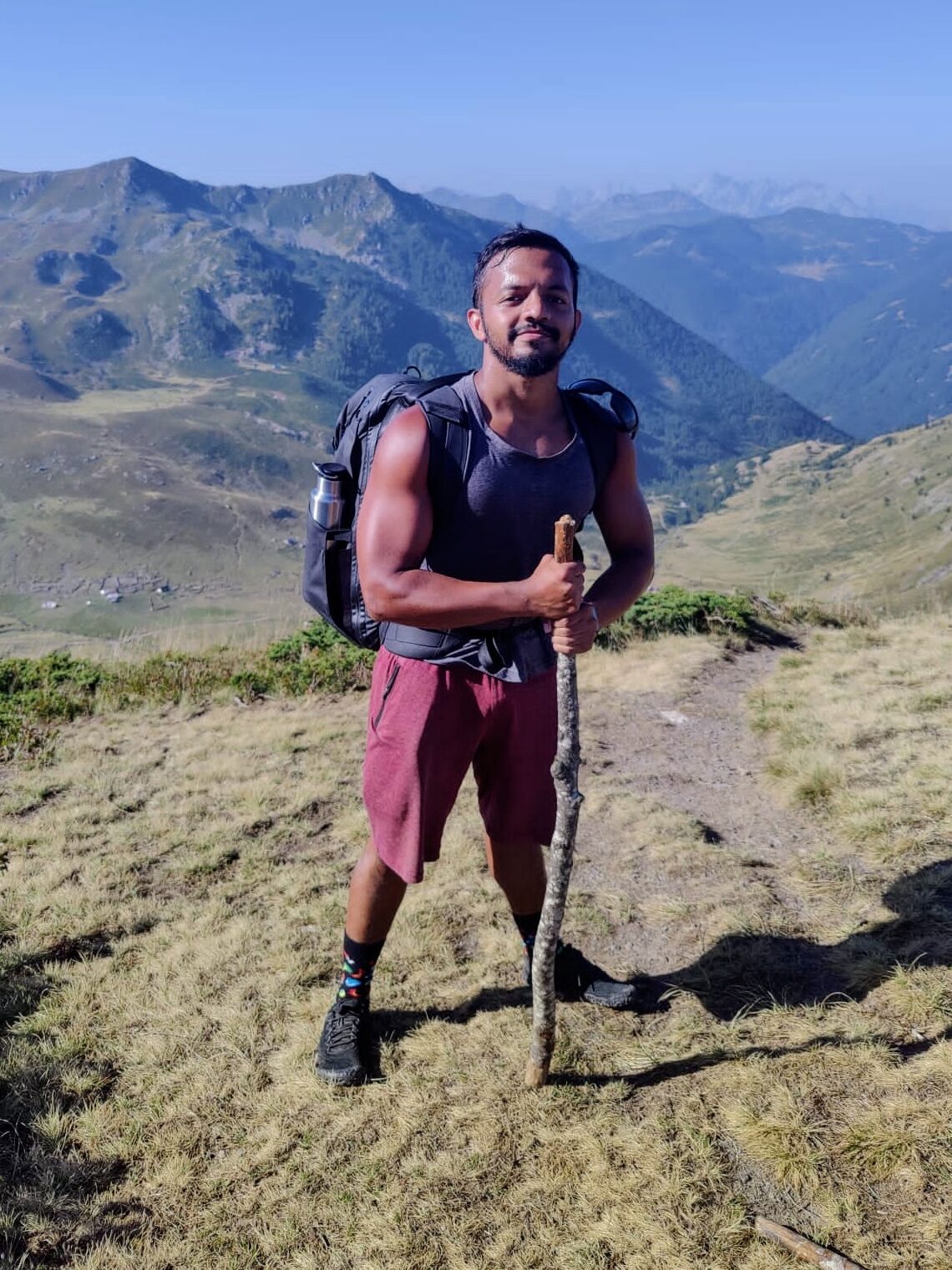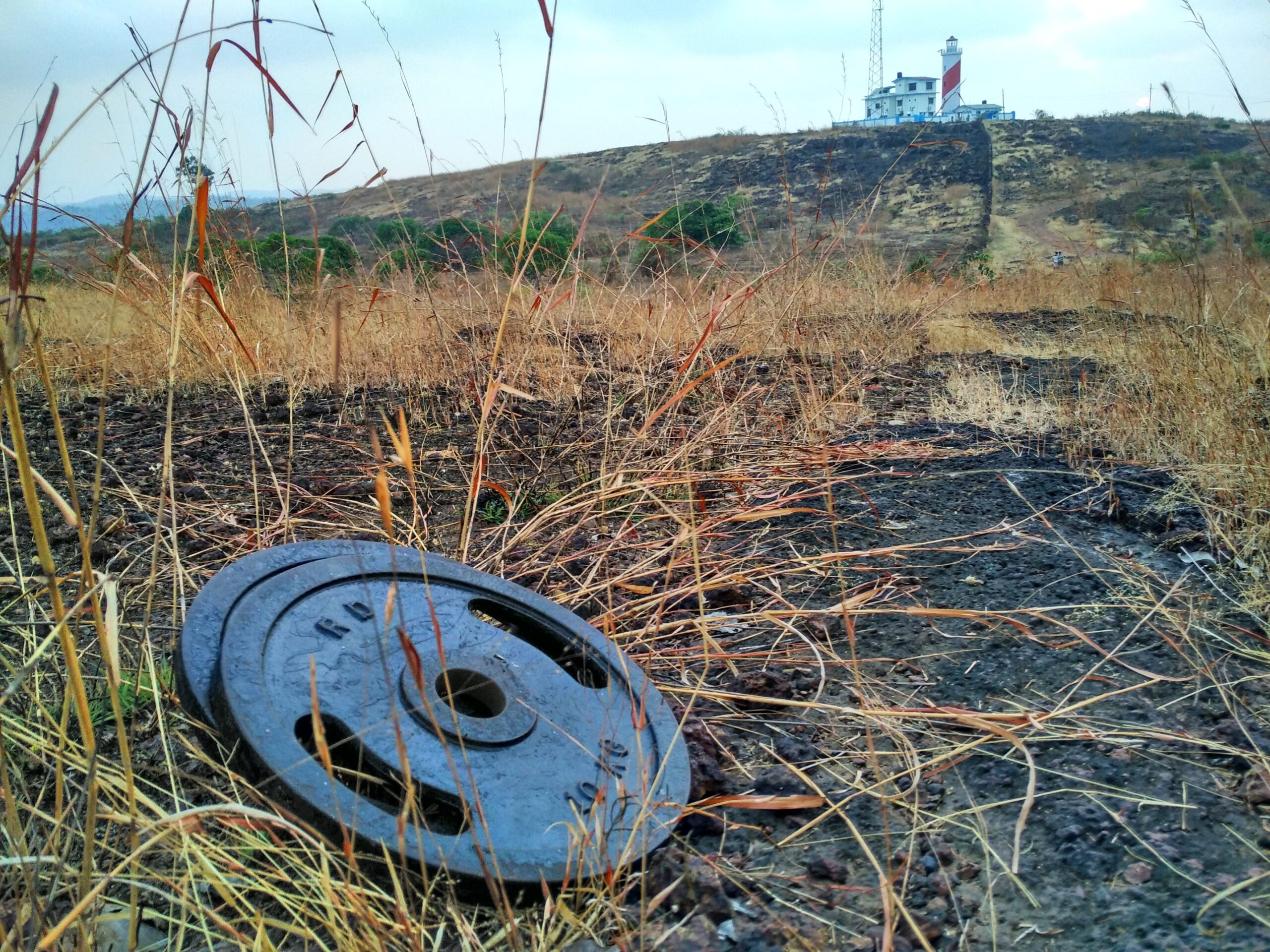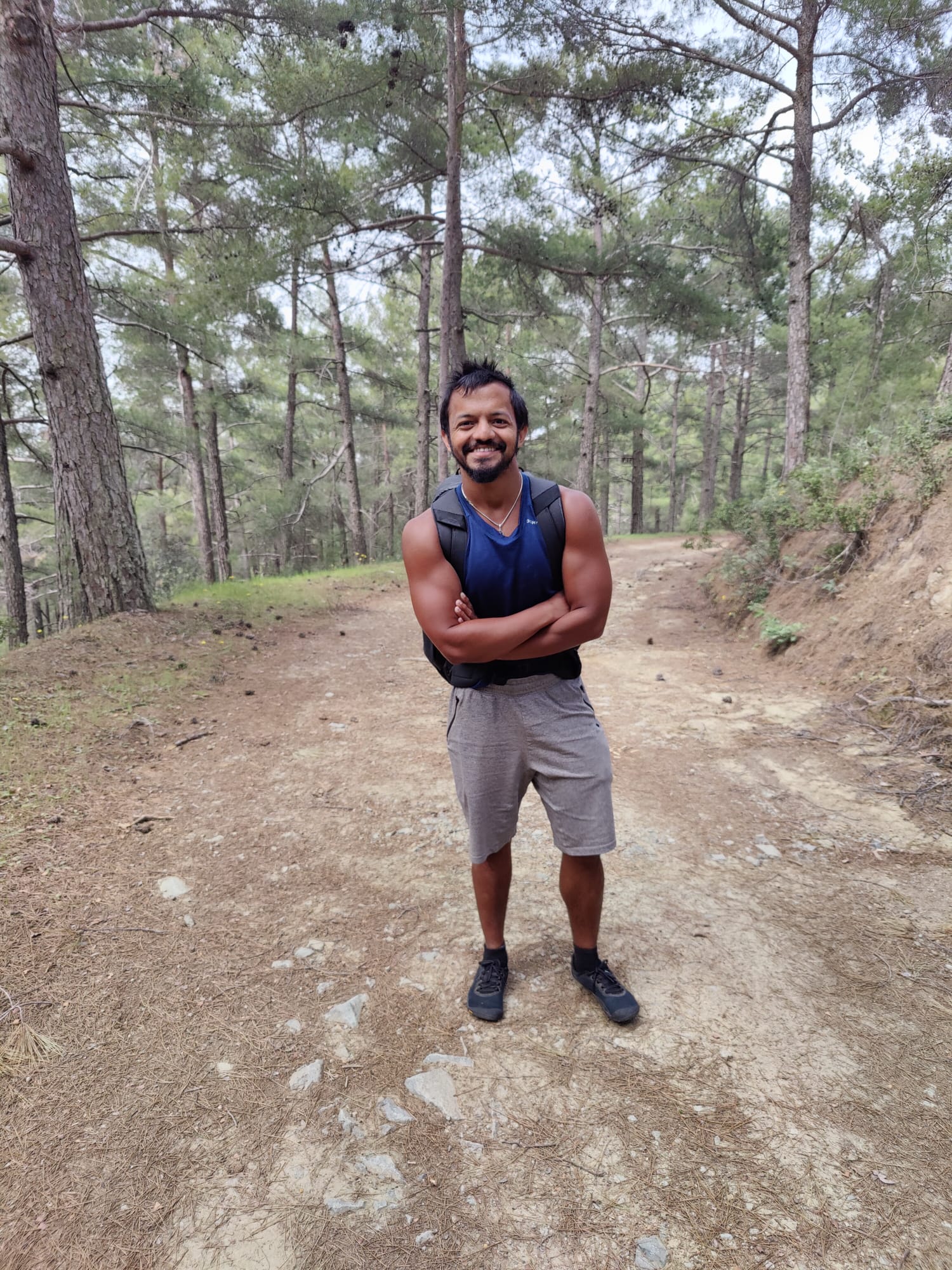
I stumbled upon rucking accidentally in 2016, I was a teenager and had recently got into the gym.
As I got very strong (and won a state powerlifting title) I realized I wasn’t actually stronger outside the gym.
So it was February 2016 when I borrowed 2x10kg plates from the gym, rode to the nearby hill and started climbing.


Fast forward 4 months, (after dropping out of college to travel the world) I climbed the World 3’rd Highest Mountain Pass (the Annapurna circuit) with everything I owned on my back aka my first “Ruck”.


Now, most of the above excluding the weight can actually be called “hiking” not “rucking”, I’m more liberal with my use of the word & use then interchangeably.
In the years between then and now I hiked a lot, from Patagonia to Georgia to Flores to Borneo. I hiked a ton, but never ever intentionally made my bag heavier.
That was until 2024.
In late 2021 I rejoined the gym after a 6 year break, to help get back the energy that was lost due to the world of 2020.
As my energy level rose and I was listening to fitness content, I came across Michael Easter in 2022.
I’d heard of GORUCK in 2017 for travel backpacks so knew about rucking and even used their bags (but only for travel).
But the Comfort Crisis helped get me to start ‘rucking rucking’ for real in 2023.
One day during early spring 2023 I packed my backpack full of books from the Airbnb I was staying at, even put a metal vase (lol) to make it heavier and went out on a ruck.
I ended up walking 32km that day.
My favorite quote about rucking
Rucking:
Cardio for people that hate cardio.
Weightlifting for people that hate weightlifting.



and the rest you could say is history.
Recently in Aug-Sep 2023 I did the Peak of the Blakans across 3 countries with 18kg on my shoulders. Rucking a total of 180km with a Cumulative height uphill of 9,800 meters & a downhill 9,900 meters.
I’m just getting started into making rucking a habit. I’ve only rucked during 3 months so far, but progressively I plan on using rucking as one of the foundational pillars of my fitness & health going forward.

On this blog I’ll share all my tips, learning, experiences along my journey.
But if you’ve never tried rucking, it’s super simple
Step 1: WEAR A BACKPACK.
Step 2: MAKE IT HEAVY(ISH)
Step 3: WALK
Overthinking it isn’t a step, let inaction people on the internet do that.
Improve (by reading my articles) but first just start.
See you on the trails!
Rucking FAQs
I’m well aware that in today’s fast-paced world, it can be hard to find the time and motivation to hit the gym or go for a run. But it’s high time you buckle down and start your fitness journey. Or if you are already into fitness and want to level up your game, it’s high time you look into Rucking.
Simple and accessible activity that can be done by anyone: It doesn’t require a lot of specialized equipment. The concept is simple: add weight to your backpack and start walking. The goal is to increase your physical activity, and the solution is as easy as taking a weighted stroll.
A type of resistance training: They say resistance training is one of the best forms of exercise. And I couldn’t agree more. Rucking builds strength and muscle while building cardio and endurance. By incorporating both types of exercise, rucking can burn up to three times more calories than traditional walking, making it a highly efficient workout.
Gets outside: As human beings, it’s imperative that we have to spend time outdoors. In this modern day and age, we need to spend more time outdoors and moving around, and less time indoors glued to our mobile screens.
As an experienced Rucker, I can guide you on how to start your rucking journey and help you make the most out of this rewarding form of exercise. Whether you’re a beginner or a seasoned athlete, my tips and guidance can help you get started and achieve your fitness goals.
First, I recommend investing in a sturdy backpack that can handle the weight you plan to carry. It’s important to choose a backpack that fits you well and distributes weight evenly across your back and shoulders. From there, you can gradually add weight to your backpack, starting with a light load and gradually increasing as your fitness level improves.
Next, choose your route and start with a distance and pace that feels comfortable to you. As you become more comfortable, you can increase the distance and challenge yourself with different terrains and inclines.
It’s also important to prioritize safety when rucking. Be sure to wear proper footwear and clothing, and bring plenty of water and snacks to stay hydrated and fueled. And if you’re new to rucking, consider consulting with a healthcare provider to ensure that it’s a safe and appropriate form of exercise for you.
Finally, don’t be afraid to connect with other rucking enthusiasts and communities for support and guidance. From online forums and social media groups to local clubs and events, there are plenty of opportunities to connect with like-minded individuals who can help you stay motivated and engaged in your rucking journey.
That’s it. Simple really.
Using running shoes or trainers for rucking can cause unnecessary strain on your feet and ankles, which can result in injuries over time. Rucking requires footwear that provides better stability and ankle support than running shoes. Opting for a good quality ruck or hiking boot with added weight will also help build strength while training.
Not necessarily, I started rucking with a normal backpack but as I started carrying more weight I switched to a rucking backpack. A hastily chosen rucking backpack may not only feel uncomfortable during rucking but may also lead to injuries.








